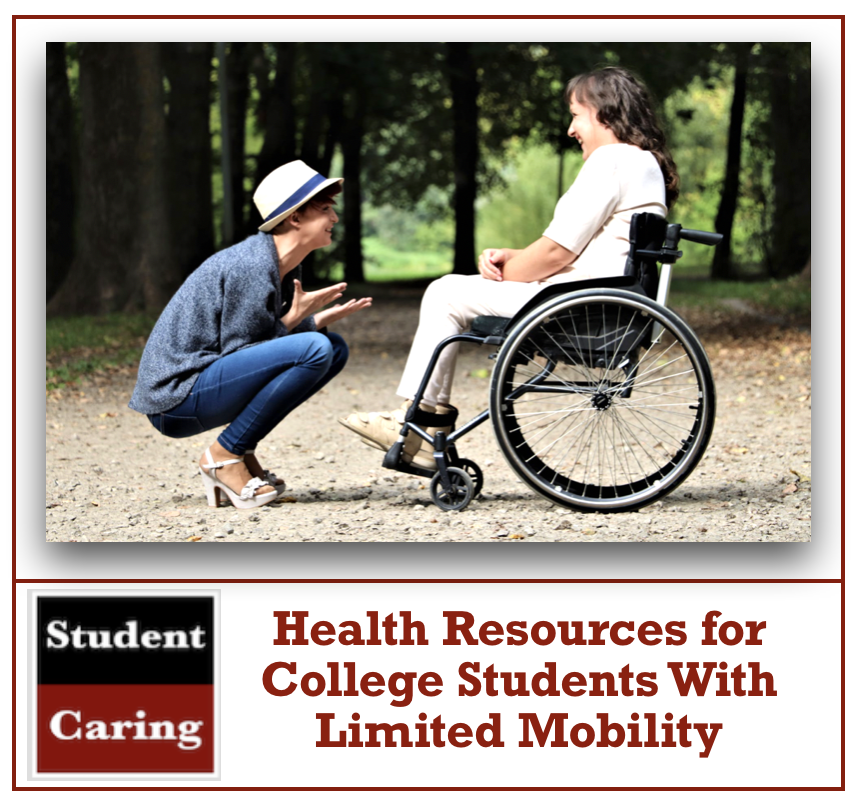
Image Source: Pexels
Diversity is an important aspect of college life. At schools across the U.S., the student body is a varied bunch, encompassing a variety of ethnicities, cultures, and abilities. Individuals living with a disability make up a large portion of that diverse group of students. Nationwide, 19.4% of undergraduates identified as having a disability during the 2015-2016 school year. That number includes those with a vision or hearing impairment, a psychological condition such as ADHD, an orthopedic or mobility impairment, or other conditions.
The Americans with Disabilities Act (ADA), passed in 1990, helps ensure that all college students have access to a quality education. For those with mental or physical disabilities, barriers may exist that colleges are required to address and fix. In fact, public and private universities and colleges alike must “provide equal access to postsecondary education for students with disabilities,” according to the ADA National Network.
Equal access must be granted to students with disabilities in all aspects of post-secondary life, from classrooms to extracurricular activities. But how can students with limited mobility ensure that their needs are met from day one? Disabled students should fully understand their rights under the ADA and take advantage of as many accessibility and health-related resources as possible.
Relying on Healthcare and Employment Professionals
Students with limited mobility face a number of challenges on a daily basis. Those challenges can be compounded in a college or university setting — especially for students studying far away from home. An out-of-state institution may be the best choice when it comes to a student’s chosen field of study, but it requires the sacrifice of one’s home-based support system.
For that reason, disabled students should seek localized healthcare services as soon as they are accepted into a college or university. In general, higher learning facilities offer basic health insurance to students, and many students may also still be covered under their parents’ insurance policy. Along with ensuring that they’re adequately covered, students should seek out the counsel of healthcare professionals.
Whether located on campus or off, a family nurse practitioner (FNP) might be an ideal choice for students with limited mobility. The role of a FNP involves the care of ethnically diverse, underserved populations, across many healthcare settings. In this context, “underserved” refers to populations that may struggle to access healthcare, such as those with a limited income and those with limited mobility due to a disability.
Another avenue for disabled students to consider is vocational rehabilitation (VR). Those who collect any type of disability benefits are typically eligible for federally funded, state-run VR programs, which are designed to foster independence. VR services may include job counseling and referrals, on-the-job training, and assistance with the transition from college to work.
Getting Around on Campus
For those with limited mobility, it may be prudent to ensure that the campus is accessible prior to applying to a particular school. Many universities house historic buildings that may not be equipped with ramps or other types of access. As for living quarters, students with limited mobility should have no problem securing a handicap-accessible dorm room.
Under Section 224 of the ADA, facilities such as hotels and motels “are required to have a certain number of rooms designed and constructed for persons with mobility disabilities.” Specific construction guidelines apply to features such as roll-in showers and access ramps. However, modifications may need to be made prior to move-in, whether for comfort or accessibility.
It’s also important to note the differences between graduate and undergraduate dorms as defined by the ADA. Due to the transient nature of undergraduate students, dorm rooms for undergrads fall under the banner of transient facilities. But graduate dorms are considered more permanent and thus are defined as residential facilities. The ADA’s Title II requires that 5% of units within residential properties be constructed to accommodate those with limited mobility.
And then there’s transportation to consider. Many campuses offer free bus shuttle services for students, but those buses can be crowded and cumbersome for students with limited mobility. A creative option is to invest in a mobility van to get around campus and beyond. While most insurance providers won’t pay for a wheelchair-accessible vehicle, various grants and assistance programs are available. A student’s guidance counselor and/or FNP may be able to provide information about local assistance programs.
Insurance and Medicaid Considerations
As much as a student with limited mobility needs to understand what their insurance doesn’t cover, such as mobility vans, it’s also good to know what is covered. By comparing different types of insurance policies, students can find the best option for their needs and specific medical condition.
Many individuals living with limited mobility from a disability may be eligible for Medicaid or Medicare. The two healthcare programs are federally funded, although their eligibility requirements differ. Medicaid is typically available to those with an income below 133% of the federal poverty line, but there are no age or disability requirements for the program. Medicare, however, is designed for those of advanced age, or who are disabled or chronically ill. Medicare coverage may include prescription drugs, ambulance services, and medical equipment.
Final Thoughts
College students shouldn’t be limited by a disability, and in fact are protected by the ADA. Students in need of accommodations shouldn’t hesitate to reach out to their teachers, counselors, healthcare providers, and job training professionals for guidance and assistance. By seeking allies and making sure all mobility needs are met prior to the first day of classes, disabled students will be better prepared and have a greater chance of educational success.

0 Comments